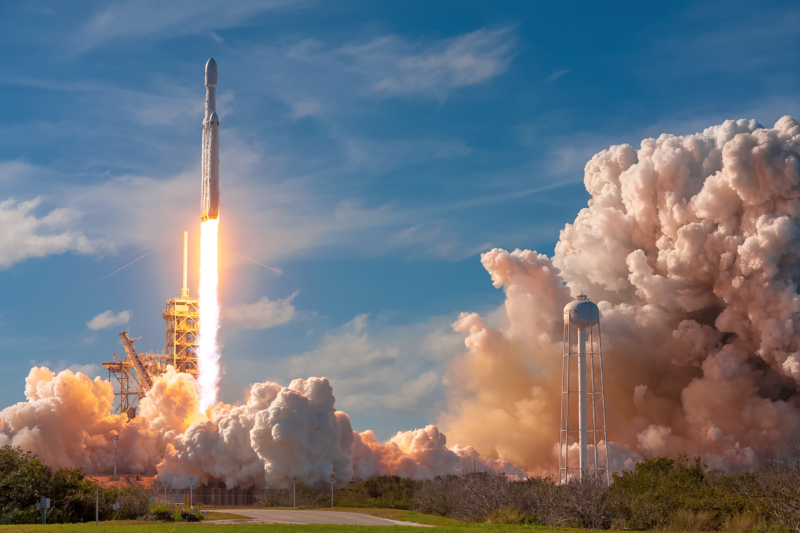
Even when you’re assigned to capture potential history—the would-be launch of the world’s most powerful rocket, in this instance—it’s important to keep one simple mantra in mind.
Photography is just the art of playing with light.
I have the privilege of working around a launch pad several days a year. Often, there stands a rocket and spacecraft about to reach for the stars, and my task is to do their triumphant flight justice by capturing it and preserving the memory. With such a challenge, wheredo you even begin?
Having photographed three different rockets over nine launches, today I hope to give you an insider’s perspective of the triumphant Falcon Heavy launch. You may not be quite ready to photograph some future SLS or Falcon Heavy launch for NatGeo after reading this, but hopefully this gives a clear peek at what goes into my launch imagery.
Where Neil, Buzz, and Michael left for the Moon
For a multitude of reasons, 39A is my favorite pad to make photos from. It’s all good and well that it provides the most variety in terms of setup locations (there are five to seven in total, depending on the launch), but it’s a historic place, to say the least.
Launch Complex 39A is where Neil Armstrong, “Buzz” Aldrin, and Michael Collins left for the Moon on Apollo 11. It’s where the Shuttle program began, with STS-1 in 1981, and ended with STS-135 in 2011. This is hallowed ground for us space nerds and rocket chasers.
In this regard, I believe 39A provides the greatest challenge. So much has happened here. Just look at the precedent NASA sets (below, for instance). There are countless, timeless photos of the Apollo and Shuttle programs from 39A. It makes documenting the new era of American spaceflight a daunting task.
What time?
Launch day for me technically starts many days prior. I sit down with a mental sketchbook to brainstorm ideas of what I would like to capture. The first question remains the same across launches: what time of day is liftoff scheduled for? Is it a day launch? Night? Dawn/dusk? The time of day the launch falls on will influence everything.
For night launches, the weather isn’t much of a factor with remote cameras unless the forecast calls for major fog. If so, you need to keep the lens temperature above the dew point. To do this, I use 24-hour hand warmers, zip ties, and aluminum foil. Typically, I set up this system after setting my focus and taping down the zoom ring, focus ring, and buttons on the lens (if it has any) so they don’t move around.
- For Falcon Heavy day, this was the weather outlook with a photography-focus.
- Note to self: pack some remote options for your rocket launch opportunities.Trevor Mahlmann
If it is daytime, then I’ve got to figure out what the weather is predominantly forecast to be—cloudy or sunny? If it is forecast to be mostly sunny, I check TPE (The Photographer’s Ephemeris) to see how the light will fall that day/time.
Traveling to NASA’s Kennedy Space Center for the maiden launch of SpaceX’s Falcon Heavy, planned T-0 launch time is 1:30pm on February 6, 2018. Weather seems OK, so the “Crawlerway” location outside the pad will presumably yield the best overall lighting (meaning the fewest shadows). But the other 5 o’clock positions could provide a dramatic/contrasted side light.
Finally, if it is a dawn/dusk launch, I am left empty-handed, as I’ve yet to capture a launch at these times. Often, it is tough enough to capture the rapidly changing lighting conditions of a sunrise or sunset being right there with your camera. Given the increased launch cadences of today, I look forward to the added challenges that come with being three miles from my cameras at dawn/dusk. If the work of others is any indication, the images that result will be remarkable.
- These official SpaceX photos show the opportunities as lighting changes...SpaceX
- ...though more difficult, the results can be awesome.SpaceX
- Case in point.SpaceX
Bagikan Berita Ini














0 Response to "Behind the lens at SpaceX's historic Falcon Heavy launch"
Post a Comment